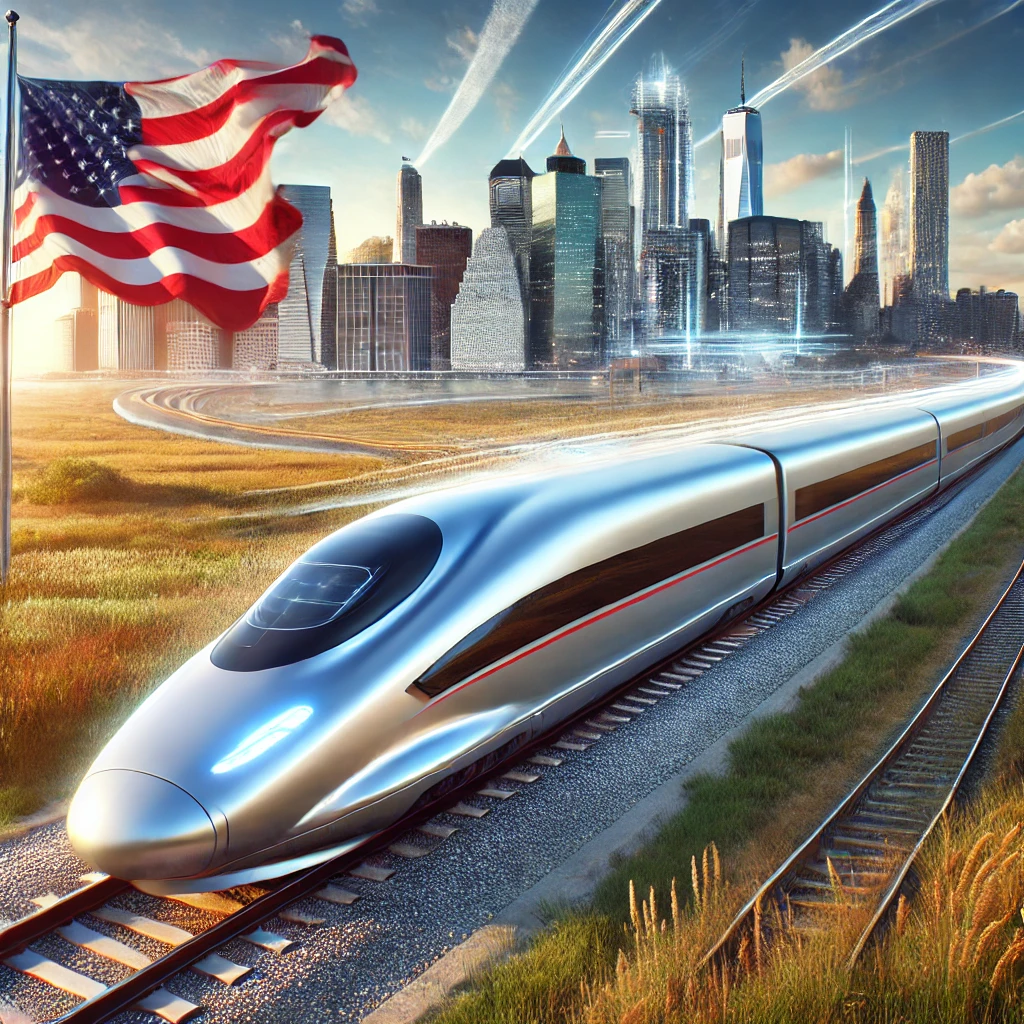Why Doesn’t the U.S. Have High-Speed Rail?
Introduction
High-speed rail has revolutionized travel in countries across Europe and Asia, reducing travel time and carbon emissions while boosting economic efficiency. Yet, despite being a global leader in innovation, the United States lacks a robust high-speed rail system. Why is that? In this article, we will explore the various factors that have prevented the U.S. from adopting this transportation technology.
Historical Context of U.S. Railroads
The United States has a rich history with railroads, which played a pivotal role in the country’s industrial expansion. In the 19th century, railroads were critical in connecting cities and transporting goods. However, post-World War II, American transportation shifted toward highways and air travel. Government investments prioritized car culture and air travel, largely ignoring the potential for passenger rail improvements.

Geographic and Population Challenges
One of the major reasons for the absence of high-speed rail in the U.S. is geography. Unlike densely populated regions like Europe or East Asia, the U.S. is vast with many cities spread far apart. Low population density in many regions makes high-speed rail a less viable economic solution. Developing a rail system that can serve such large distances and sparsely populated areas is both logistically complex and financially burdensome.
Political and Financial Roadblocks
The construction of high-speed rail requires substantial government investment, and in the U.S., public transportation projects often face opposition. Many American policymakers prioritize investments in road infrastructure and airports over railways. There is also a strong political divide regarding government spending on such large-scale projects. Private companies that dominate the car and airline industries often lobby against rail development, protecting their market share.
The Future of High-Speed Rail in the U.S.
Despite these challenges, there are efforts to develop high-speed rail in the U.S. The California High-Speed Rail project, which aims to connect Los Angeles and San Francisco, is one of the most prominent examples. However, the project has faced delays, budget overruns, and political opposition. More recently, the Brightline project is working on connecting Las Vegas with California, offering a glimmer of hope for the future of high-speed rail in the U.S.
Environmental Considerations
High-speed rail is an eco-friendly alternative to both cars and airplanes, reducing carbon emissions significantly. With global pressure to address climate change, there’s increasing interest in reducing reliance on carbon-intensive transportation. For the U.S., investing in high-speed rail could play a key role in achieving these environmental goals.
Conclusion
While the U.S. remains behind other developed nations in high-speed rail development, shifting political priorities and increasing environmental concerns could change that in the future. The success of projects like California’s rail initiative may set the stage for broader rail infrastructure investments across the country.











